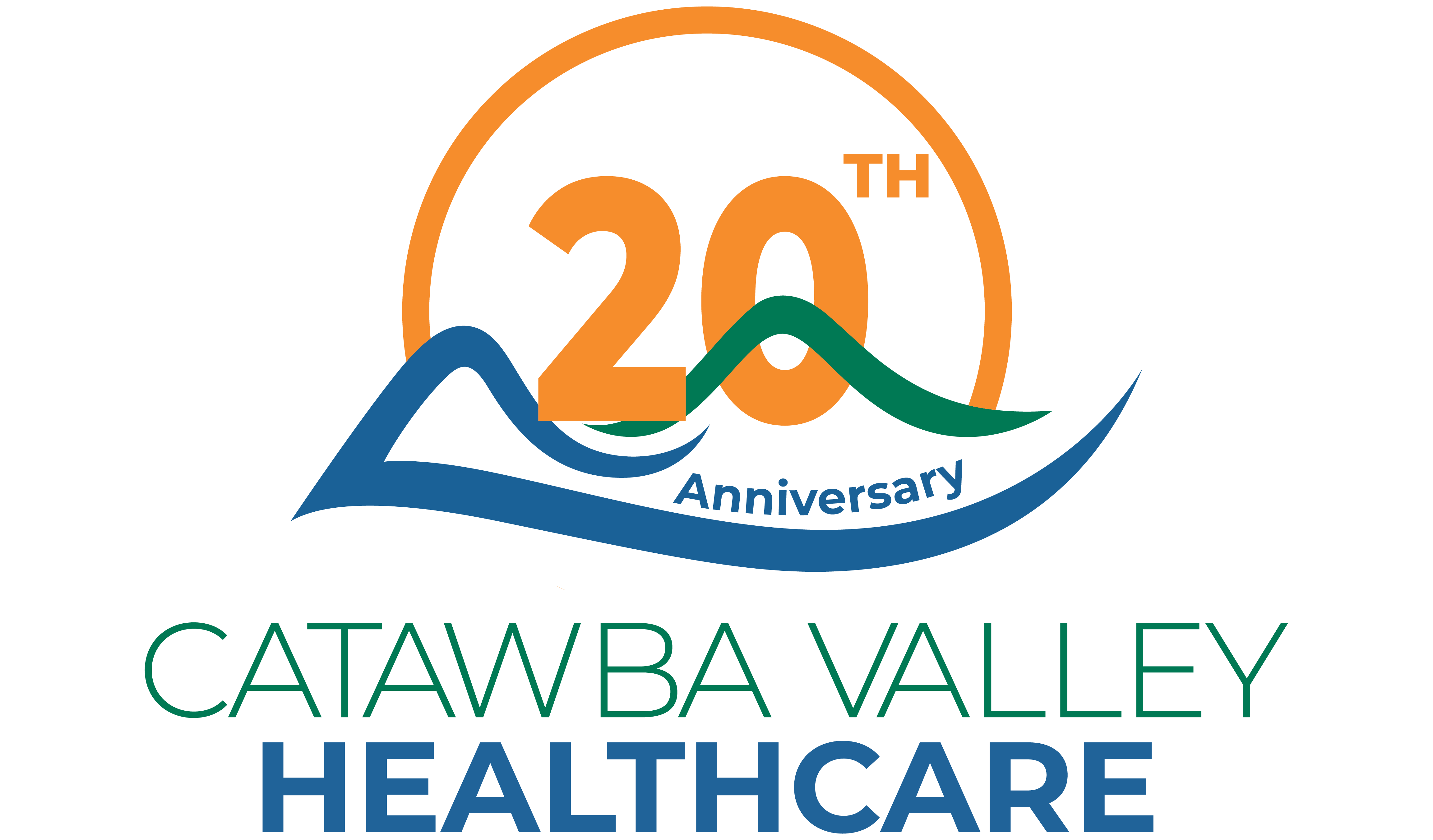High Cholesterol
What is Cholesterol
Cholesterol and triglycerides are the two main types of fat molecules (lipids) in your body. Cholesterol is a critical component of cell membranes and is needed to produce vitamin D and hormones such as estrogen and substances that aid in food digestion. Triglycerides are a major source of energy.
Your body has two main sources of cholesterol and triglycerides: your liver and your diet. When functioning properly, the liver produces all the cholesterol your body needs. For some people, eating cholesterol-rich foods (animal products) in excess of what your body needs can raise blood cholesterol levels.

High cholesterol levels can result in the creation of fatty deposits that impair the flow of blood through your veins and arteries. Sometimes these deposits can form a clot that can cause a heart attack (an event in which the heart does not receive enough oxygen) or stroke (the brain does not receive enough oxygen). This is why it is essential to lower cholesterol, to either prevent heart disease or prevent further damage following a heart attack.
Triglyceride levels can also become elevated for several reasons, including excess sugar, alcohol, fat, calories, genetics, uncontrolled diabetes, or other medical conditions and medications.
LDL and HDL
Cholesterol and triglycerides travel through the body via the bloodstream, but they need the help of the lipoproteins LDL and HDL, which carry these fat molecules to different destinations. LDL (low-density lipoprotein) is known as the bad cholesterol because it can pass through artery walls and unload cholesterol behind the walls, where it becomes embedded and counterproductive. This is how coronary artery disease begins and progresses.
HDL, or high-density lipoprotein, is known as good cholesterol. It can clear cholesterol from the bloodstream and carry it back to the liver for removal from the body. HDL can also help clear out the cholesterol that LDL leaves sitting behind artery walls.
Optimal lipid levels have low levels of LDL and high levels of HDL.
See this chart below from the Cleveland clinic to understand what your goals for cholesterol should be:
Lipid Type |
Optimal Level |
| Total Cholesterol (a measure of HDL, LDL, and other lipoproteins) |
Less than 200 mg/dL
|
| Triglycerides | Less than 150 mg/dL |
| LDL (Low-density lipoprotein) | Less than 130 mg/dL. Less than 100 md/dL for those with heart or blood vessel disease and for those with diabetes or high total cholesterol |
| HDL (High-density lipoprotein) | Greater than 55 mg/dL (females) Greater than 45 mg/dL (males) |
Symptoms of High Cholesterol
High cholesterol has no symptoms. It can only be detected through a blood test. Your provider will determine how often you need to be screened.
High cholesterol can be hereditary, but it can also be the result of unhealthy habits. Sometimes a change in dietary and exercise habits can reverse cholesterol levels; other times, medication is needed.
How to Improve Your Cholesterol Numbers
A combination of lifestyle changes, a healthy diet, regular exercise, and weight loss can all improve your cholesterol numbers.
Diet
A heart-healthy diet from the National Cholesterol Education Program called the TLC (therapeutic lifestyle changes) can help lower cholesterol. This is a low-saturated-fat, low-cholesterol diet plan that calls for less than 7 percent of calories from saturated fat and less than 200 mg of dietary cholesterol per day. Maintaining a desirable weight is also key. If your LDL is not lowered enough by reducing your cholesterol and saturated fat intake, you can increase the amount of soluble fiber (like oats, beans, oranges) in your diet to boost your diet’s LDL-lowering power.
Weight loss
Losing weight if you are overweight can help lower LDL. This is especially important for those with a cluster of risk factors that includes high triglycerides and/or low HDL levels and a large waist measurement. Research indicated that women with a waist measurement over 35” and men with a waist measurement over 40” are at greater risk for developing heart disease.
Exercise
30 minutes of physical activity almost every day is an ideal minimum. Exercise can help raise HDL and lower LDL. Exercise is especially important for those with high triglycerides and/or low HDL levels who are overweight with large waist measurements. Moderate-intensity walking, swimming, or dancing are all good exercise options.
When Lifestyle Changes are not Enough
If you cannot lower your cholesterol level enough through lifestyle changes, your provider may recommend a drug treatment plan to accompany your ongoing healthier habits. There are several types of drugs available to improve cholesterol levels, including statins, bile acid sequestrants, nicotinic acid, fibric acids, and cholesterol absorption inhibitors. Your provider will work with you to determine which type of medication is best for you.
If you are struggling with weight gain and unhealthy lifestyle choices and are concerned about your cholesterol, contact us at Catawba Valley Healthcare for an appointment. We look forward to working with you to get your cholesterol level in the range it should be.
Call us at (828) 695-5900.
